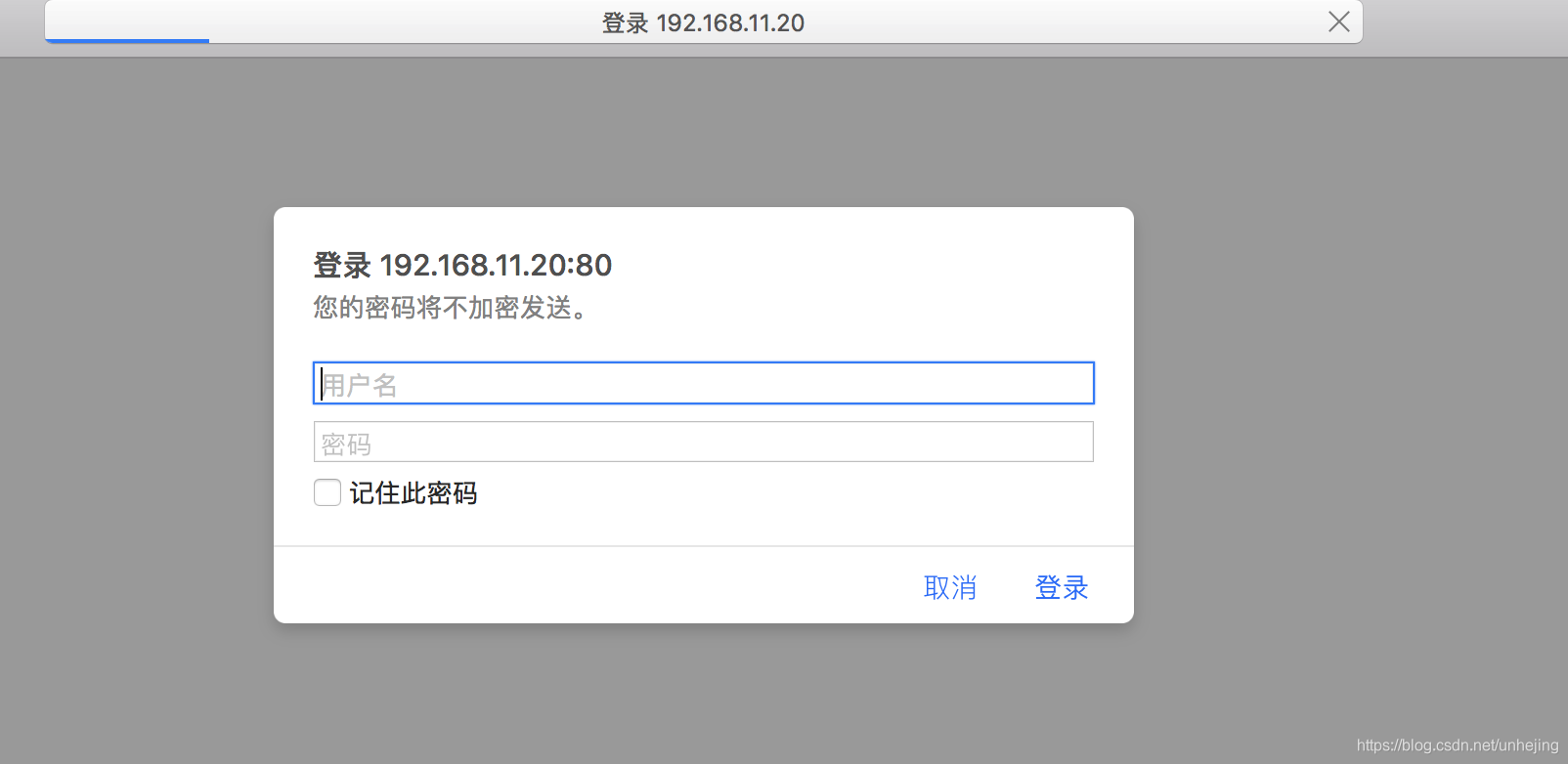nginx实现静态文件的token认证
说下思路
- 1.用户请求携带token请求nginx
- 2.nginx反问后台服务token是否有效
- 3.token有效就返回静态资源 无效就返回权限不够
普通的nginx无法编写lua脚本
我们采用openresty版本可以编写lua脚本
lua包需要下载lua-resty-http工具包,地址lua-resty-http,解压后将.lua文件放到 lualibresty目录下就行。
编写nginx的config的配置 server替换
server {
listen 80;
server_name localhost;
#charset koi8-r;
#access_log logs/host.access.log main;
location / {
root html;
index index.html index.htm;
}
#error_page 404 /404.html;
# redirect server error pages to the static page /50x.html
#
error_page 500 502 503 504 /50x.html;
location = /50x.html {
root html;
}
location / {
rewrite_by_lua_block {
-- local cjson = require "cjson"
-- local http = require "resty.http"
local httpc = http.new()
local ngx = ngx
local headers = ngx.req.get_headers()
-- get请求参数中T就是token
local token = headers["token"]
local request_method = ngx.var.request_method
local args = nil
if "GET" == request_method then
args = ngx.req.get_uri_args()
elseif "POST" == request_method then
ngx.req.read_body()
args = ngx.req.get_post_args()
end
token = args["token"];
if not token then
ngx.header['Content-Type'] = 'text/plain; charset=utf-8';
ngx.status = ngx.HTTP_FORBIDDEN
ngx.say("You do not have permission to view the picture.")
ngx.exit(200)
end
-- 字符串拼接
-- 你要实现token鉴权的服务,header和参数都给你实现了,根据实际需要选择
local url = "http://127.0.0.1:8080/image/checkToken?token="..token;
local res, err = httpc:request_uri(url, {method="GET", headers={["token"]=token}})
if not res then
ngx.header['Content-Type'] = 'text/plain; charset=utf-8';
ngx.say(cjson.encode({message = "Error getting response",status = ngx.HTTP_INTERNAL_SERVER_ERROR }));
ngx.exit(200)
end
if res.body == '0' then
ngx.header['Content-Type'] = 'text/plain; charset=utf-8';
ngx.say("You do not have permission to view the picture.");
ngx.exit(200)
end
}
root D:\project;
}
# proxy the PHP scripts to Apache listening on 127.0.0.1:80
#
#location ~ .php$ {
# proxy_pass http://127.0.0.1;
#}
# pass the PHP scripts to FastCGI server listening on 127.0.0.1:9000
#
#location ~ .php$ {
# root html;
# fastcgi_pass 127.0.0.1:9000;
# fastcgi_index index.php;
# fastcgi_param SCRIPT_FILENAME /scripts$fastcgi_script_name;
# include fastcgi_params;
#}
# deny access to .htaccess files, if Apache's document root
# concurs with nginx's one
#
#location ~ /.ht {
# deny all;
#}
}
nginx对特定静态资源访问添加认证
由于nginx上存放了一些私密静态文件,未防止被其他人获取下载地址后私自下载,nginx可针对特定文件目录进行安全认证,输入用户名和密码通过后才能访问,以下为设置过程:
1.安装httpd
httpd里面有一个htpassword工具,用来创建认证文件
yum -y install httpd
2.配置nginx
vim /etc/nginx/nginx.conf
添加如下配置:
location /qwert {
root /usr/share/nginx/html; #虚拟主机网站根目录
index index.html index.htm; #虚拟主机首页
auth_basic "secret"; #虚拟主机认证命名
auth_basic_user_file /usr/local/nginx/passwd.db; #虚拟主机用户名密码认证数据库
}
3.使用htpasswd命令生成用户名及对应密码数据库文件
htpasswd -c /usr/local/nginx/passwd.db admin // admin为认证用户名
4.重新加载nginx配置文件
nginx -s reload
5.浏览器访问
http://192.168.11.20/qwert/
如图:

总结
以上为个人经验,希望能给大家一个参考,也希望大家多多支持IT俱乐部。

